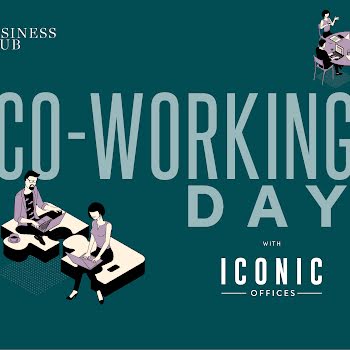
By Niamh ODonoghue
07th Nov 2017
07th Nov 2017
Yes, thanks to our backward model of genderisation, this is the last day of the year that women will get paid for working. In other words, the gap between what women and men earn for the same work is so large that it equates to an entire seven weeks’ wages. Happy Tuesday!
According to the National Women’s Council of Ireland, the gender pay gap in Ireland sits at 14.4% ; meaning that men earn 14.4% more than women per hour worked. Throughout the EU, women currently earn 84c for every €1 men earn, and the older you are the larger and more prominent the pay gap becomes.
What is the gap and why does it exist? The politics behind the gap don’t simply boil down to sexism, but rather a volatile concoction of social, political, economic, and educational influences. For these reasons it can’t simply just ‘be fixed’ overnight, everywhere. For example, even though the gap seems large in Ireland, if we look at minority groups in America – Hispanics and Mexicans, for example -these minority groups receive the smallest median weekly incomes. So the notion of simply increasing our wages is a far cry from a solution. According to the World Economic Forum, it will take another 170 years of concerted effort – or until 2186 – to close the economic gap entirely.
It’s high time to close the gap
The Equal Pay Day campaign launches today to highlight the problem and will run for the month of November. Organised by Dress For Success– an Irish organisation fronted by entrepreneur and fashion designer Sonya Lennon which helps provide women with the professional clothing, skills, and development opportunities they needed to secure employment and achieve success – the aim of the campaign is to raise awareness of the gender pay gap and raise funds to support more women back into the workforce.
What else can we do about inequity? Striking seems to have worked well for the women of Iceland who most recently walked out of work en masse in a bid to highlight the 14% pay difference between men and women there. The walk-out happened on October 26th, 2016, 41 years after 90% of their female population stopped working for the day and effectively shut down all businesses.
When the gap does close in Ireland, it will only have positive repercussions for women and our economy. As it stands, most high-paying and corporate roles are held by men; the gender gap widens as the pay increases. This is what’s known as the ‘glass ceiling effect’, which results in less than 4% of top CEO’s being women.
While the pay gap is still unquestionably wide, Ireland ranks pretty well overall and comes fifth place out of 145 countries working towards closing the gap. The gap has already decreased by 2.7% since the last census in 2012 as the demand for women in sectors like tech, business, and science increases.























